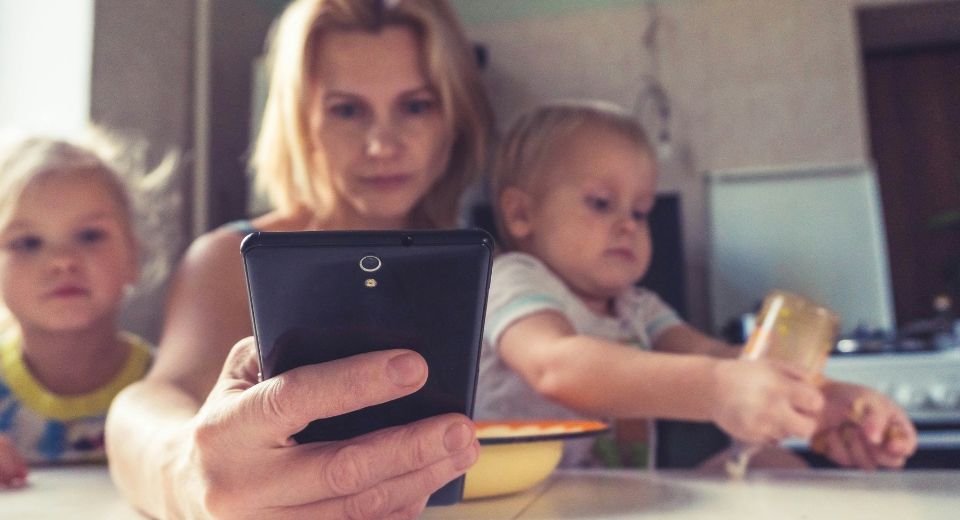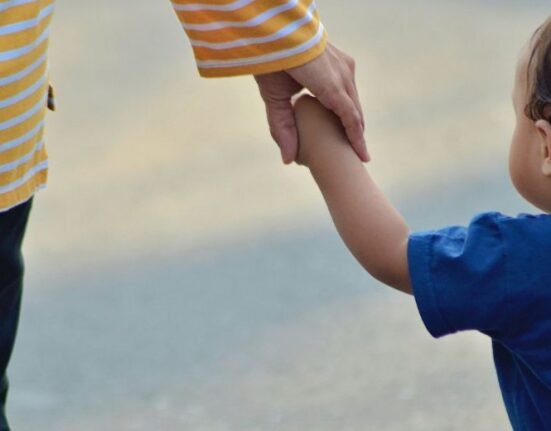By Dr Aparna S
February 27, 2024: Parents who have adolescents may be tough as old boots, excessively involved in bringing up their children or stressed themselves — all signals waiting to be ingested by the kid as they become adults.
My focus here is anxiety disorders during adolescence — the most common mental disorders worldwide. They affect nearly 30% of adults at some point in their lives.
The seeds of those disorders were sown when the person was a child.
Defined by the UN as those between the ages of 10 and 19, adolescents experience a transition period between childhood and adulthood and significant growth and development.
In 2019, it was estimated that one in seven adolescents experienced mental disorders. This amounts to an estimated 166 million adolescents — 89 million boys and 77 million girls — globally.
Excessive fear
Anxiety is another word for feeling worried or scared. If your child’s anxiety gets in the way of normal activities, such as sleeping alone at night, a fear of public speech, playing outside or going to school, they may need extra support.
Anxiety disorders differ from normal feelings of nervousness or anxiousness and involve excessive fear or anxiety.
Anxiety disorders also manifest differently. There is a generalised anxiety disorder, panic disorder with or without agoraphobia, specific phobias, agoraphobia, social anxiety disorder, separation anxiety disorder and selective mutism — an inability or unwillingness to speak.
The magnitude of the problem strikes a chord when one realises that there are 1.3 billion adolescents in the world today, more than ever before, making up 16% of the world’s population.
Yet, these remain largely unrecognised and untreated. Childhood and adolescence, are the times one is exposed to a lot – good, bad and ugly. These spheres extend to physical, academic, relationship, social, and financial to name a few.
Social ostracisation
Mental health conditions constitute a major burden of disease in adolescents globally.
So it is vital to equip our kids with the tools to deal with their vulnerabilities healthily. Adolescents with anxiety issues are particularly vulnerable to social ostracisation, stigma, and educational and academic difficulties which add to the burden.
So the scenario is a welter; one leads to the other and synergistically jeopardises the young mind. Isn’t some anxiety normal? Some fear is good after all, right?
One needs to understand the difference between anxiety and fear.
Fear is an adaptive “fight or flight” response whereas anxiety is a response to an anticipated danger, clearly out of proportion to the actual threat.
Difficulty breathing
It is accompanied by bodily changes like increased heart rate, sweating, difficulty breathing, gastric and irritation.
This is an exaggerated version of a normal fear response, but it is maladaptive since it affects the overall functioning of the individual. The presentation of anxiety is different in children, characterised by irritability, anger, fatigue and physical symptoms like vomiting, headache and stomach ache.
Children with learning difficulties, intellectual disability, communication and speech problems, and autism are more likely to develop comorbid anxiety.
Nature vs nurture
Family factors have been widely explored as a variable in anxiety.
Parental stress and mental health issues have been the core indicators of the development of anxiety symptoms in young children. Increased parental stress results in negative parenting practices causing an unhealthy parent-child relationship.
Negative life events exacerbate parental stress and reflect adversely on the mental health of the child. Anxious parents raise anxious kids.
Parental anxiety is the feeling of worry fear or stress related to the child’s health, well-being, and learning.
It is an important predictor of parent-child bonding. Parental stress has been proven to have a direct link to anxiety disorders, especially in the formative years.
This is a modifiable risk factor as far as childhood mental health issues are concerned. This domain largely remains understudied and not many treatment strategies have been planned in this perspective.
Toxic parenting
‘The hovering helicopter” an overprotective or overinvolved parent who makes their child poorly underconfident.
Parenting style is a collection of strategies expressed by the parent in raising their children. These strategies are crucial in deciding the emotional climate that nurtures the child. Excessive levels of parental involvement and control stem from a worry that their child may come to harm or not do well enough.
In an attempt to overdo it, the “helicopter” parent hovers around, ready to sweep in and rescue their child from disappointments and painful experiences.
This type of parenting leads to increased levels of anxiety and depression in children and is also linked to poor self-efficacy, academics and social adaptability.
Learn things hard way
For a child to develop into a well-balanced adult, they must have a fair share of disappointments and learn certain things the hard way. This is where an overprotective parent’s excessive involvement slims the chance of healthy development.
On the flip side, there is another argument that behavioural problems in children lead to parental stress, which in turn reflects adversely on parenting strategies.
An anxious or depressed child will demand more parental care and attention, which adds to the stress. Between a helicopter parent and an anxious child; a balance has to be stricken to raise healthy, resilient and confident individuals.
As it is rightly said, it is easier to raise a strong child than repair a broken man.
(Dr Aparna S is a consultant psychiatrist and an Assistant Professor at the Believers Church Medical College Hospital, Tiruvalla, Kerala. Views expressed are her own and not of an organisation or company.)








